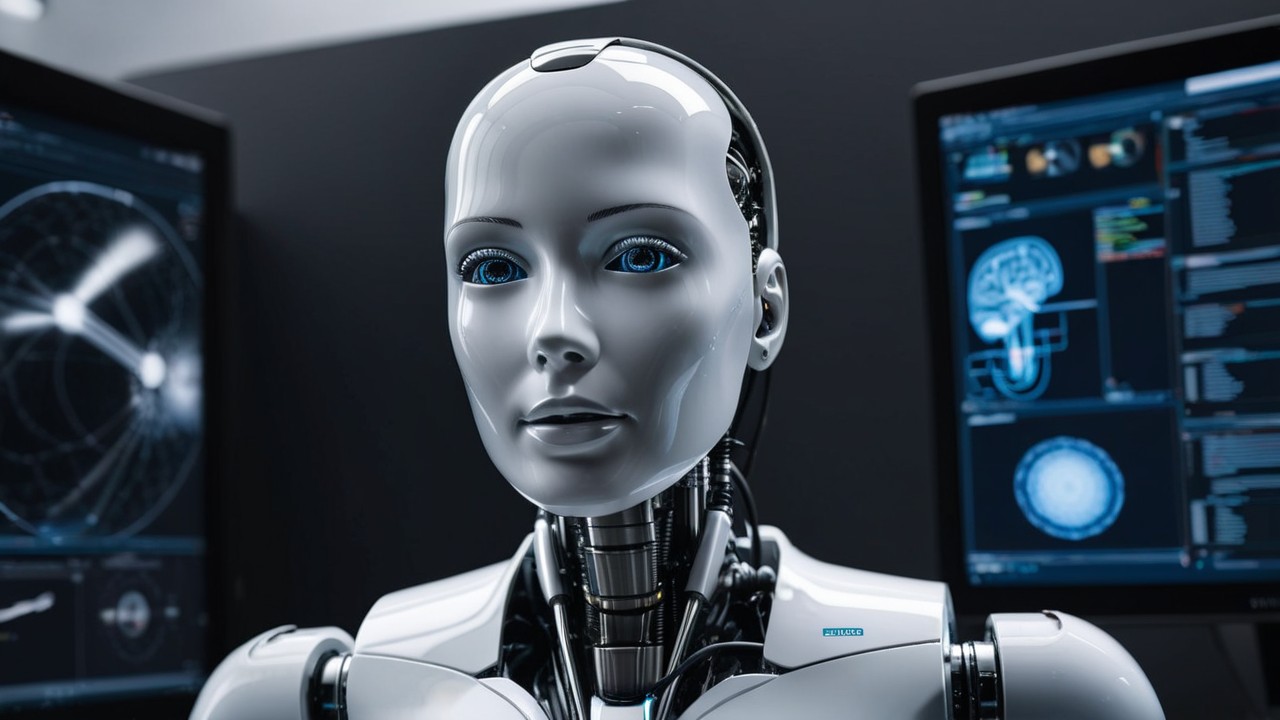
Researchers have now shed light on Artificial Intelligence deep neural networks’ decision-making process by devising a novel technique to understand how these networks “think.”
This approach brings us one step closer to fully comprehending artificial intelligence by illustrating how AI classifies data into safer, more dependable AI for practical uses like self-driving cars and healthcare.
Understanding the Processing Layers of Artificial Intelligence:
Deep neural networks are a type of artificial intelligence (AI) are made to replicate the way the human brain interprets and interprets data. Finding out how these networks decide, however, has always been a challenging task. To gain a better understanding of how deep neural networks perceive and categorize data, researchers at Kyushu University have created a novel technique. Improved AI safety, accuracy, and dependability are the goals of their research, which was published in IEEE Transactions on Neural Networks and Learning Systems.
Deep neural networks use several layers to analyze information, much like people do when solving puzzles. Raw data is gathered by the first layer, often known as the input layer. The data is gradually analyzed by the next layers, also referred to as hidden layers. Early hidden layers identify individual puzzle pieces by detecting basic traits like edges or textures. Similar to putting together a puzzle to create a full image, deeper layers combine these elements to identify more intricate patterns, such differentiating between a dog and a cat.
Transparency in AI Decision-Making:
Danilo Vasconcellos Vargas, an Associate Professor at Kyushu University’s Faculty of Information Science and Electrical Engineering, compares these concealed layers to a locked black box: we can see the input and output, but we don’t know what’s going on within. When AI makes mistakes, which can occasionally be caused by anything as minor as altering a single pixel, this lack of transparency becomes a significant issue. Although AI may appear intelligent, the key to assuring its reliability is comprehending how it makes its decisions.
Disadvantages of Contemporary Visualization Methods:
Techniques for visualizing AI’s information organization now depend on condensing high-dimensional data into 2D or 3D representations. By using these techniques, researchers can see how AI classifies data points, such as how it groups photos of cats with other cats and isolates them from dogs. But there are significant drawbacks to this simplification.
It’s similar to flattening a 3D item into 2D when we reduce high-dimensional information to fewer dimensions; we miss crucial details and don’t see the big picture. Furthermore, Vargas notes that it is challenging to compare other neural networks or data classes using this way of presenting the data’s grouping.
Deciphering the k* Distribution Method:
Each input data point is given a “k* value” by the model, which represents the distance to the closest unrelated data point. A low k* value indicates possible overlap (e.g., a dog closer to a cat than other cats), whereas a high k* value indicates the data point is well-separated (e.g., a cat distant from any dogs). This method generates a distribution of k* values that gives a comprehensive view of the data organization when examining all the data points within a class, like cats.
Since our approach preserves the higher dimensional space, no data is lost. Vargas highlights that it’s the first and only model that can provide a precise picture of the “local neighborhood” surrounding each data point.
The future of critical systems and AI:
Critical systems where precision and dependability are crucial, such as self driving cars and medical diagnostics, are using AI more and more. Researchers and even legislators can assess how AI arranges and categorizes data by using the k* distribution approach, which highlights any potential flaws or mistakes. In addition to supporting the legislative procedures required to securely include AI into daily life, this provides insightful information on how AI “thinks.” Researchers can improve AI systems to make them more reliable and accurate by figuring out the underlying causes of failures. This will enable the systems to handle partial or hazy data and adjust to unforeseen circumstances.
Reference: “k* Distribution: Evaluating the Latent Space of Deep Neural Networks Using Local Neighborhood Analysis” by Shashank Kotyan, Tatsuya Ueda and Danilo Vasconcellos Vargas, 16 September 2024, IEEE Transactions on Neural Networks and Learning Systems.